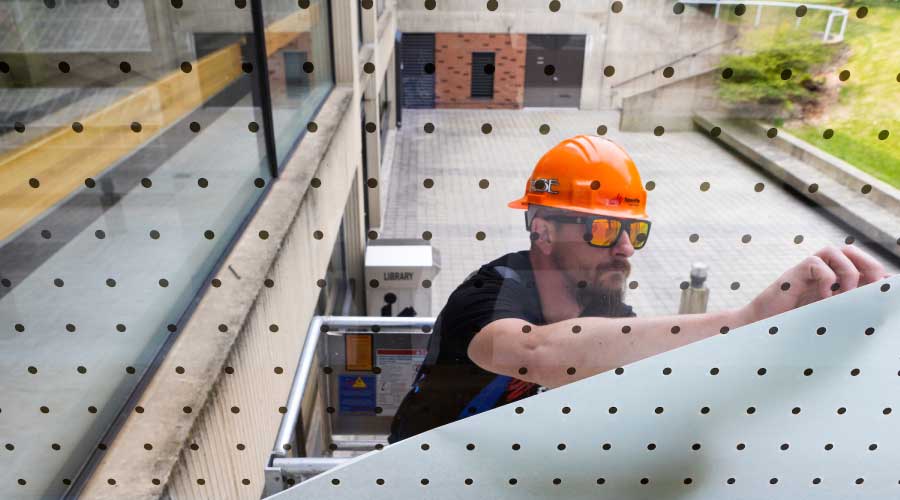Installation:
Key to a Successful Window Replacement
Window problems may not be related directly to the units themselves, but rather to the design and installation of components that surround them.
Flashings. Water must be diverted around window assemblies and out of the building in a controlled manner. At window heads and sills, end dams should be installed to prevent moisture entry. Under certain conditions, jamb flashings may also be appropriate.
Anchorage. Not only does window anchorage need to be adequate to resist loads imposed on the assembly, it must be designed and installed in such a way that it does not become a thermal short, conducting heat across the building envelope. Anchors are only as effective as the substrate to which they are attached, so be sure to evaluate the integrity of facade elements prior to installation.
Sealants. Window assemblies often rely on materials with limited lifespans, including elastomeric sealants, to protect against water infiltration. To increase longevity, consider incorporating secondary seals into the installation, such as membrane backer seals or pre-compressed foam strips, which improve durability.
— Craig Hargrove
|












